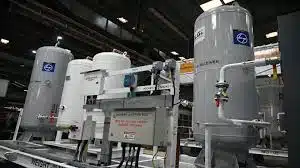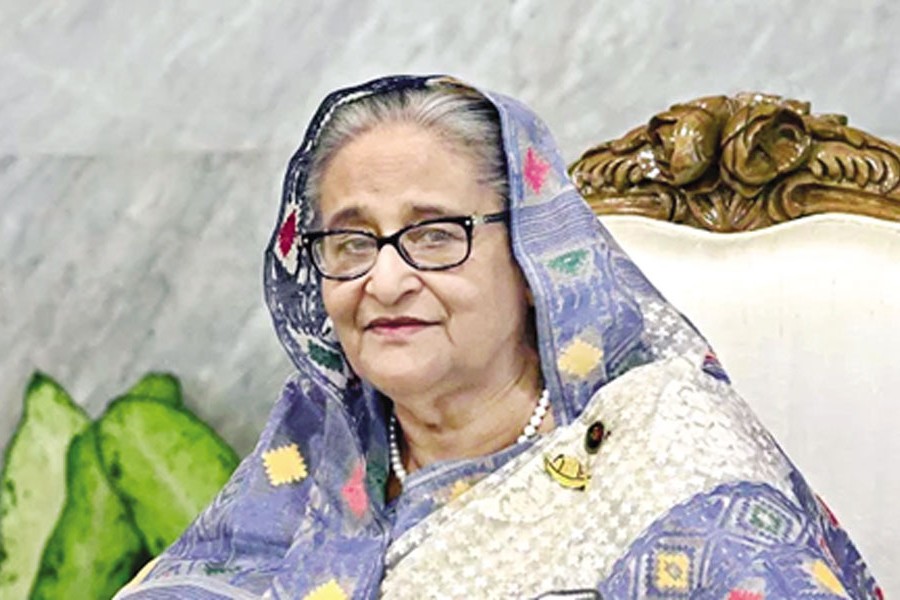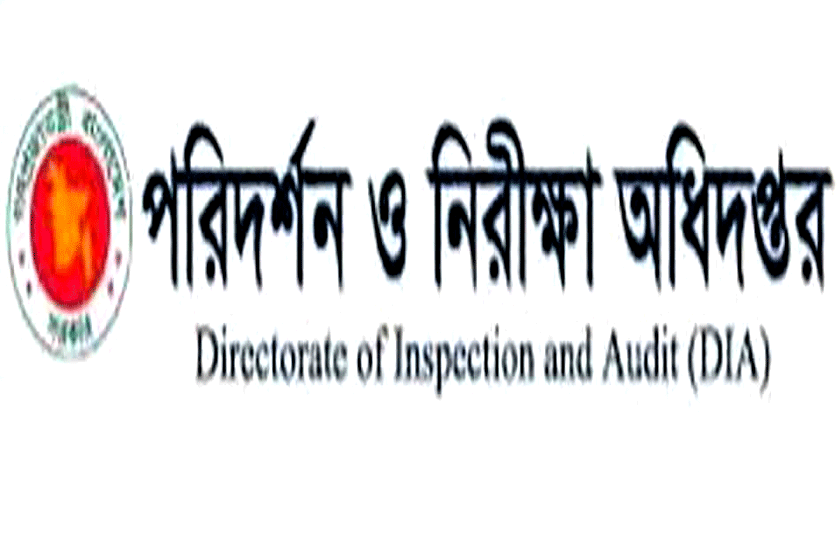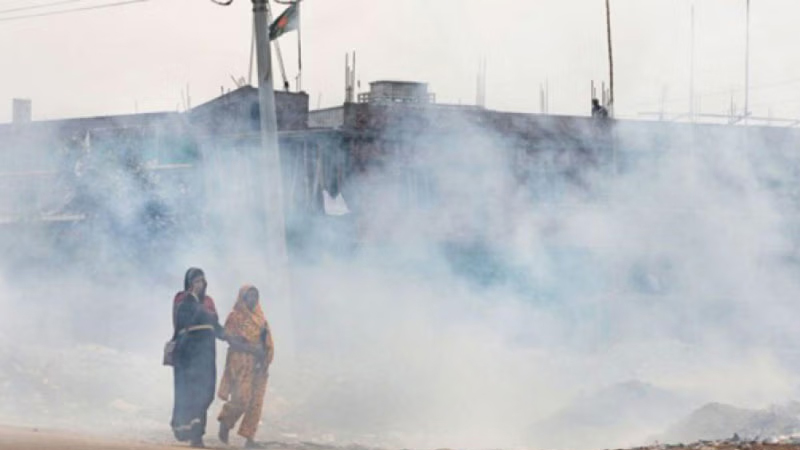The government has asked providers to boost oxygen supplies and made plans to reign in excessive wastage of the life-saving gas in hospitals and install Pressure Swing Absorption oxygen generators in facilities with no central oxygen system.
The health ministry has also opened a central dashboard for officials to constantly monitor the state of oxygen supplies across the country.
The moves come amid runaway infections of coronavirus and the ever increasing number of hospitalisations with Covid-19. This has also caused a spike in the demand for oxygen at the hospitals.
On Saturday, the demand for liquid oxygen was 230 tonnes. The average daily demand for liquid medical oxygen was between 210 and 220 before the Eid holidays, according to DGHS data.
The numbers indicate that experts were right in fearing that the lifting of coronavirus restrictions around the Eid would bump up new cases of Covid-19 which would eventually result in increased demand for medical oxygen.
"Apprehending a possible surge in cases, we told oxygen producers and suppliers that we will provide the support they need for ensuring proper oxygen supply," ABM Khurshid Alam, director general of the Directorate General of Health Services (DGHS), told The Daily Star yesterday.
DGHS officials held a meeting with the oxygen suppliers before Eid and requested them to ramp up the production and supplies.
Besides, a committee headed by DGHS Director Samiul Islam has been formed to coordinate the supply in government and private Covid-19 dedicated hospitals.
On the newly launched dashboard, officials will be able to have live updates on the situation in hospitals and take steps where needed, the DG said.
Samiul Islam said central supply systems that use liquid oxygen tanks are used in 85 hospitals across the country and officials are working to get the system installed in 25 other hospitals. Oxygen cylinders are being supplied to 353 upazila-level hospitals.
The current daily capacity of liquid oxygen supply is 245 tonnes, 70 percent of which is locally produced, health officials said.
The government is assisting Linde, a major supplier, to import 240 tonnes a day using rail. Officials are also supporting Spectra to import oxygen from Singapore using ships.
"But our focus is on local production. We are trying to encourage the industrialists to set up their own plants in the country," Samiul said.
The DGHS has asked the suppliers to set up refilling stations close to public hospitals in every district.
Linde Bangladesh, a key supplier for public hospitals, yesterday imported 200 tonnes of medical oxygen by rail from India for the first time.
Ten tankers of the Oxygen Express arrived from Jamshedpur, India, via Benapole.
Oxygen is normally imported from India by road.
A Linde India spokesperson said the Oxygen Express was an initiative that Linde India worked on with the government of India.
The company will continue importing medical oxygen by rail to supplement local supplies.
Linde produces around 90 tonnes of liquid oxygen per day at its two plants in Bangladesh, according to Linde officials.
Spectra also supplies around 90 tonnes every day to public and private hospitals. To meet the growing demands, Spectra officials told the government that they would bring oxygen from Singapore by ships.
Chattogram-based steel producers Abul Khayer Group and GPH Ispat have also been producing liquid medical oxygen since last year.
"We are producing around 30 tonnes of medical oxygen a day now," Imrul Kader Bhuiyan, senior manager of Abul Khayer Group's plant, told The Daily Star yesterday.
The plant can increase its daily production to 50 tonnes in two months, he added.
GPH Ispat, on the other hand, is producing 25-30 tonnes a day. Nazmul Islam, head of GPH Ispat's oxygen plant, said the daily production capacity can be boosted to 40 tonnes.
Officials of the two companies said they were not selling directly to government hospitals yet.
Meanwhile, KSRM, another steel producer, launched a plant on July 18, capable of producing around 24,000 cubic metres of oxygen to be used in cylinders.
WASTE OF OXYGEN
"The main issue is the lack of rational use of oxygen. In the high flow nasal cannula, the amount wastedis huge," Shamiul said, adding that the government is considering the use of Continuous Positive Airway pressure (CPAP) to lower the waste.
"If we use oxygen rationally, the pressure on the oxygen reserve will be low and the supply will be uninterrupted. The government is also encouraging the use of breathing masks to lower waste," Shamiul said.













